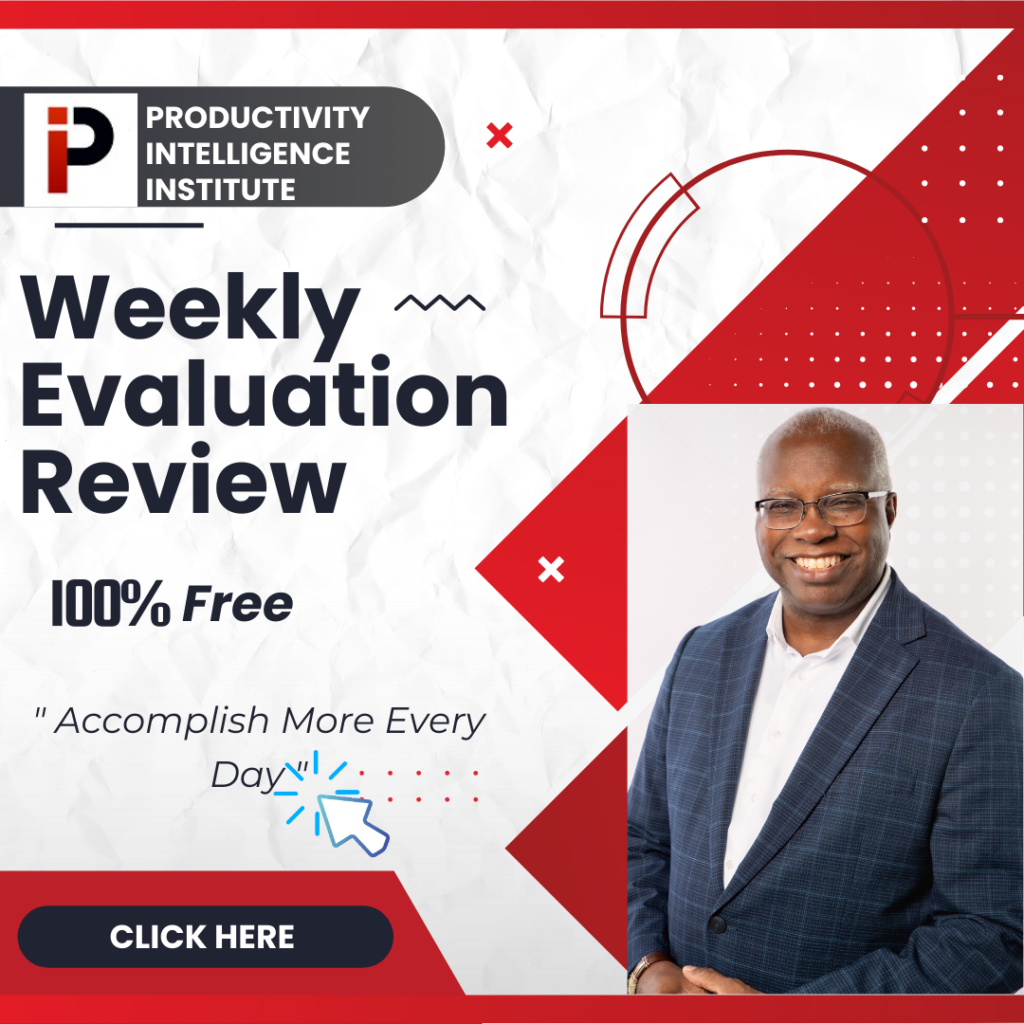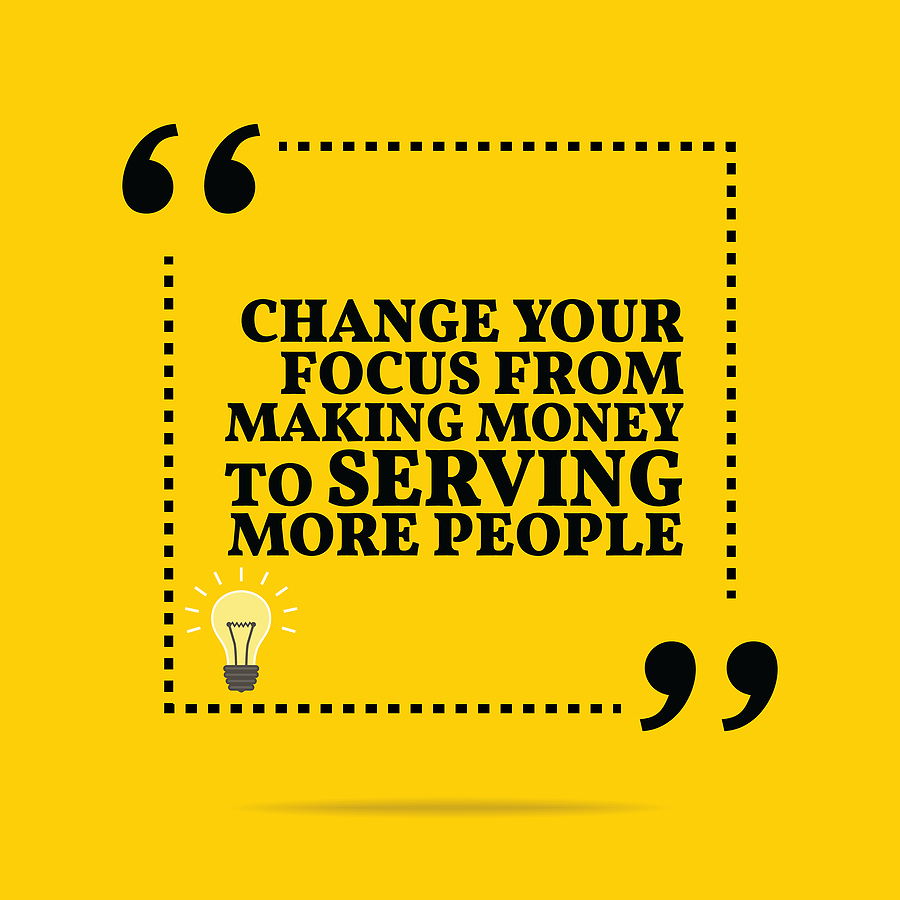Are you feeling overwhelmed by your to-do list, struggling to keep everything together, or constantly working overtime to meet your deadlines? You’re not alone. Many of us face the same challenges in our quest to achieve more in our careers while maintaining a healthy work-life balance. The good news is that there’s a simple, effective solution that can help: exercise.
In this blog post, we’ll explore how incorporating regular physical activity into your daily routine can boost your productivity, improve your mental clarity, and enhance your overall performance at work. We’ll also discuss the science behind these benefits, provide practical tips for getting started, and share insights from experts and successful leaders who prioritize exercise as part of their daily routine.
The Core Feeling That Will Motivate You
Let’s start with the core feeling that motivates most people to consider exercise as a productivity tool: the desire to regain control. When you’re overwhelmed by tasks and responsibilities, it’s easy to feel like you’re losing control over your time and energy. Exercise can help you take back that control by providing structure, focus, and energy to tackle your challenges.
Imagine waking up each day with a clear mind, ready to tackle your to-do list with energy and enthusiasm. Picture yourself finishing your workday with a sense of accomplishment and still having time and energy to spend with your family and friends. This is the promise of incorporating regular exercise into your routine.
Questions You Might Have
As someone looking to optimize your time and performance, you might have questions like:
- How does exercise improve productivity and mental clarity?
- What type of exercise is most effective for boosting productivity?
- How can I fit exercise into my already busy schedule?
- What are some success stories of people who’ve used exercise to improve their productivity?
Let’s dive into these questions and discover the answers.
The Science Behind Exercise and Productivity
You might be wondering, “How exactly does exercise improve productivity and mental clarity?” The answer lies in the profound effects exercise has on the brain and body. When you engage in physical activity, your brain releases endorphins, the “feel-good” chemicals that enhance your mood and reduce stress. But that’s just the beginning.
Neuroscience Facts
Dr. John Ratey, an associate professor of psychiatry at Harvard Medical School and a leading expert in the relationship between exercise and brain function, explains in his book Spark that exercise stimulates the growth of new brain cells. This process, known as neurogenesis, leads to increased focus, creativity, and overall brain function. Research from the University of Bristol supports these findings, showing that employees who exercise during lunch breaks report better time management, increased productivity, and improved work performance compared to those who do not exercise.
Scholarly Studies and Statistics
According to the Journal of Occupational Health Psychology, regular exercise can reduce feelings of fatigue and enhance cognitive function, leading to increased productivity. Another study published in the Harvard Business Review found that individuals who exercise regularly are 23% more productive at work than those who do not. These statistics demonstrate the powerful impact that exercise can have on your work performance and mental clarity.
Historical Perspective
The link between exercise and productivity is not a new concept. The ancient Greeks recognized the importance of physical activity for mental and emotional well-being. Philosophers like Aristotle and Plato wrote about the significance of exercise in maintaining a healthy mind and body. This historical perspective underscores the timeless value of exercise as a tool for enhancing productivity.
Counterintuitive Opinions on Exercise and Productivity
While the benefits of exercise are well-documented, there are some counterintuitive opinions worth considering. For instance, some people believe that taking time away from work for exercise might decrease productivity. However, research shows that even short workouts can significantly boost focus and efficiency, making it a worthwhile investment of time.
Misconceptions About Exercise
A common misconception is that exercise needs to be time-consuming to be effective. In reality, even a short workout can provide substantial benefits. A quick 20-minute jog, a 15-minute yoga session, or a brisk walk during lunch can all enhance your productivity and mental clarity.
Success Stories from Leaders
Some of the most successful business leaders in the world prioritize exercise as part of their daily routine. Richard Branson, the founder of Virgin Group, wakes up at 5 AM every morning to exercise, claiming that it gives him the energy and focus he needs to tackle his busy schedule. Similarly, former President Obama is known for his commitment to exercise, often starting his day with a workout before diving into his duties.
These leaders understand that exercise is not just about physical health but also about maintaining the mental acuity and energy required to succeed in their roles.
How to Incorporate Exercise Into Your Daily Routine
Now that we’ve explored the benefits and evidence supporting exercise as a productivity tool, let’s discuss how you can incorporate it into your daily routine.
Step-by-Step Process
- Set Clear Goals: Start by setting clear, achievable goals for your exercise routine. Decide on the type of exercise you want to do and how often you want to do it. For example, you might aim for a 30-minute walk three times a week or a 20-minute home workout every morning.
- Find an Activity You Enjoy: Choose an activity that you genuinely enjoy. Whether it’s running, cycling, dancing, or playing a sport, finding an exercise you love will make it easier to stick with your routine.
- Schedule It In: Treat exercise like any other important appointment. Schedule it into your calendar and make it a non-negotiable part of your day. This commitment will help you prioritize your health and productivity.
- Start Small: If you’re new to exercise, start small and gradually increase the intensity and duration of your workouts. This approach will help you build a sustainable habit without overwhelming yourself.
- Be Consistent: Consistency is key to reaping the benefits of exercise. Aim to be active most days of the week, even if it’s just for a few minutes.
Overcoming Resistance
If you find yourself resistant to starting an exercise routine, consider the long-term benefits and remind yourself of the positive impact it can have on your productivity and well-being. It may also help to enlist a workout buddy or join a class to keep yourself motivated and accountable.
Additional Benefits of Exercise
In addition to boosting productivity and mental clarity, regular exercise offers numerous other benefits that can enhance your overall quality of life.
Physical and Mental Health Benefits
- Improved Mood: Exercise releases endorphins, which can improve your mood and reduce symptoms of depression and anxiety.
- Reduced Stress: Physical activity helps lower stress hormones and promotes relaxation, making it an effective stress management tool.
- Enhanced Immune System: Regular exercise can boost your immune system, helping you ward off illnesses and stay healthy.
- Better Sleep: Engaging in physical activity can help regulate your sleep patterns and improve the quality of your rest.
Workplace Culture and Productivity
Exercise not only benefits individuals but can also positively impact workplace culture and productivity. Companies that encourage physical activity among employees often experience lower absenteeism, higher job satisfaction, and improved team collaboration.
Case Study: Exercise in the Workplace
A study published in the International Journal of Workplace Health Management found that employees who engage in regular physical activities experience lower levels of absenteeism and increased job satisfaction compared to those who do not exercise. This case study illustrates how exercise can contribute to a healthier and more productive workplace environment.
Conclusion
Exercise is a powerful tool for unlocking your full potential and maximizing your productivity. By incorporating regular physical activity into your daily routine, you can enhance your mental clarity, improve your work performance, and achieve a healthier work-life balance. Whether you’re a busy project manager, a dedicated executive, or an individual looking to optimize your time, exercise can help you achieve your goals and live a more fulfilling life.
Next step
Are you ready to take your productivity to the next level? Start by incorporating exercise into your daily routine and experience the transformative benefits for yourself. Share your thoughts and experiences in the comments below, and don’t forget to subscribe to our podcast for more tips and strategies for achieving success in your life and career.
Remember, your journey to increased productivity and well-being starts with a single step—literally. Lace-up your shoes, get moving, and unlock your potential today!
Explore our program here.










